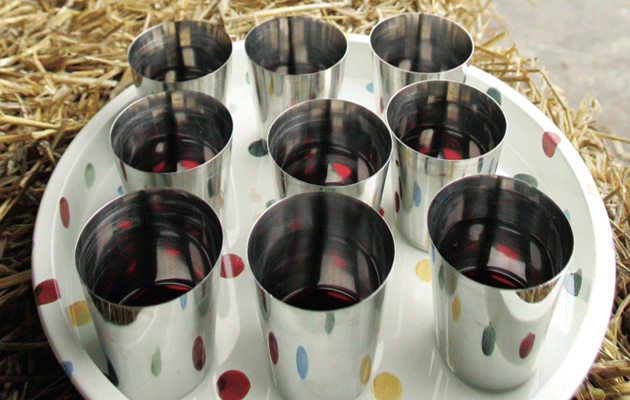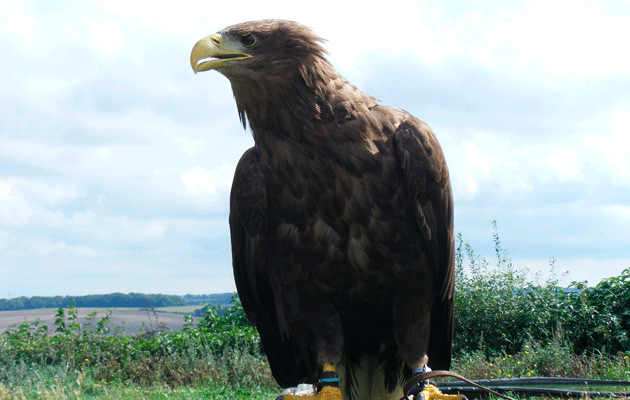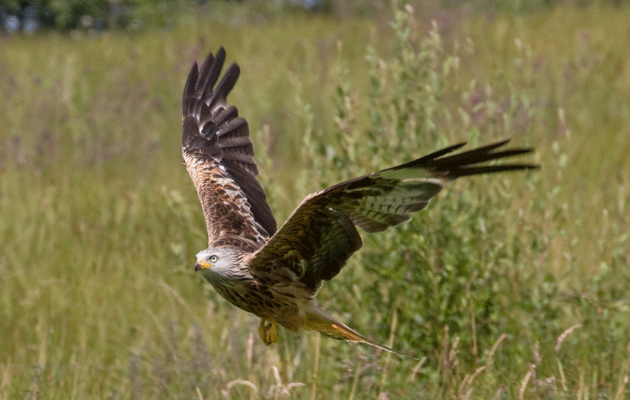Don’t touch that toadstool!
The black grouse blogger finds an army in the woodock strip.
One of the best things about roe stalking is that it really brings you eye to eye with nature, and while crawling face-first through a patch of brambles with the rifle last week, I noticed a tiny red ball sprouting just centimetres from the undergrowth.
Once the stalk was over, I noticed that the single toadstool was actually one of many, thrusting aside fallen sitka needles and dead grass to stand defiantly in the open space.
At first, I took them to be fly agaric, the classic red and white spotted toadstool that everyone knows is deadly.
However, as the caps began to fan open and no white spots emerged, I started to have doubts.
With dazzling white stalks and undersides, slugs set about chewing away sections of the red upper coating to reveal a soft and misleadingly inviting white interiors.
It was only when I consulted an obsessive mushroom collector that I had any idea what I was dealing with.
Many poisonous toadstools have unnecessarily threatening names like “death cap” and “destroying angel”, and what I had found was no different.
Russula emetica is popularly known as “the sickener”, belonging to a fairly toxic family of fungi with a widespread distribution across much of the northern hemisphere.
As the name would suggest, people who eat raw “sickeners” quickly suffer from intense stomach cramps, diarrhoea and vomiting.
Apparently, red squirrels have been found to gather “sickeners” to store and eat them at a later date when the toxins have declined and the toadstools are safer, making those little devils unexpectedly wise and forward thinking.
I was beginning to think that they are rather foolish, given that I have seen half a dozen squashed on the roads over the past few weeks.
The views expressed on Patrick Laurie’s blog are the author’s and not the views of Shooting Gazette, ShootingUK, IPC Media or its
employees. www.gallowayfarm.wordpress.com








